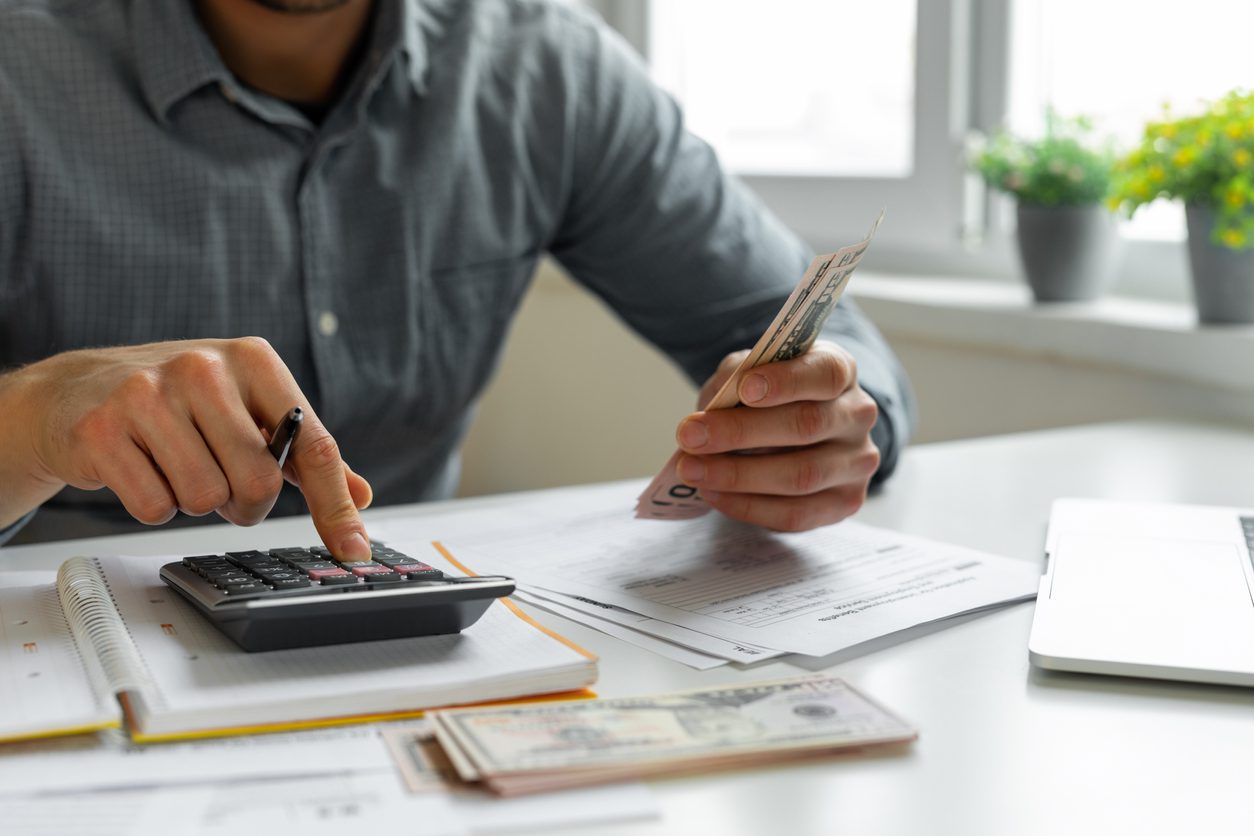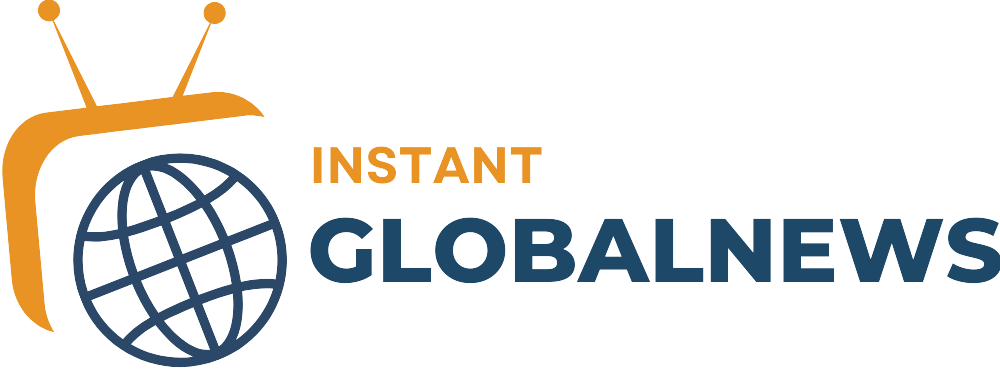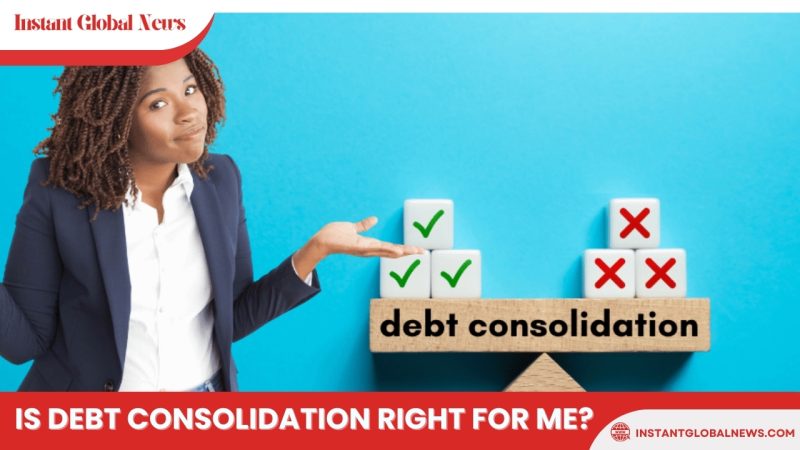
A good budget can be challenging, but it can help you pay off debts faster. Your best strategy for budgeting to pay off debt depends on your specific financial position. However, no matter how you approach it, throwing extra money at your debt can lead to more flexibility in your budget.
1. Prioritize which debts to pay off first
Not all debt is bad debt, but some forms are worse than others.
Some types of debt are necessary to help you achieve life’s milestones, such as getting a mortgage to purchase a home or taking out student loans to earn a college degree.
Meanwhile, revolving credit card balances can drain your wallet if you’re only making minimum payments, and payday loans come with exorbitant annual percentage rates (APRs).
When choosing which debts to pay off first, consider these priorities:
- Payday loans
- Revolving, high-interest credit card debt
- Personal loans with unfavorable terms
- Secured debts
2. Consider budgeting strategies
Once you’ve identified the debts you want to target first, a budgeting strategy — we’ve identified five below — can help you achieve those goals.
Spreadsheet budgeting
This method requires that you input your spending into a spreadsheet every time you make a purchase.
While it can be labor-intensive to track your spending, using a debt payoff template can give you a better idea of exactly where your money goes every month.
You might find that you’re overspending on online shopping purchases that aren’t entirely necessary, or that you’re spending more on groceries than you had budgeted for.
Even if you just do it for a few months, a debt payoff template spreadsheet can shine a light on how you spend your income so you can set a realistic debt repayment schedule.
Zero-based budgeting
With zero-based budgeting, at the end of the month, your income minus expenses should equal zero.
In other words, every dollar in your budget serves a purpose. Instead of having leftover money that is used for debt repayment, you allocate a certain amount toward debt repayment.
For example, if you make $3,400 after taxes per month, your debt repayment budget may look like a bit like this:
| Expense | Monthly payment |
|---|---|
| Mortgage/rent | $1,400 |
| Auto loan | $375 |
| Auto insurance | $100 |
| Student loans | $275 |
| Utilities | $150 |
| Groceries | $350 |
| Internet | $85 |
| Cell phone | $120 |
| Dining out | $100 |
| Gym membership | $45 |
| Debt repayment | $400 |
| Total | $3,400 |
When all is said and done, all $3,400 is accounted for and allocated to a specific category. By the time all the bills are paid, the amount should come down to $0.
While the concept for this budget is simple, the execution is easier said than done. You’ll need to track every single dollar of income you make and assign it a purpose.
50/30/20 budget
50/30/20 is a simple and classic budgeting rule that dictates how you should spend your income:
- 50% of your income should go toward “needs.”
- 30% of your income should go toward “wants.”
- 20% of your income should go toward savings and debt repayment.
This budgeting method has the benefit of simplicity. However, it might not work for everyone, particularly those with lower incomes — 30% of your income can be a lot to spend on “wants.”
Debt avalanche method
The debt avalanche method is a budgeting strategy that involves paying off debts with the highest interest rate first. This approach can help you save money on interest.
For instance, let’s say you have the following:
- A $200 payday loan with 400% APR
- A 23% APR credit card with a balance of $3,000
- A $5,000 personal loan with 18% APR
If you’re using the debt avalanche method, you would pay off the payday loan first because it has the highest APR. Then you would focus on paying off the credit card and, finally, the personal loan.
Debt snowball method
The debt snowball method prioritizes paying off your smallest debts first. While this may cost you more in interest, it could help with morale since paying off the smallest loans can produce the quickest wins.
Let’s say, for example, you have the following debts:
- $2,000 personal loan with 20% APR
- A 19% APR credit card with a balance of $500
- A 22% APR credit card with a balance of $3,000
With the debt snowball method, you’ll prioritize paying off the $500 credit card first, then the personal loan and then the $3,000 credit card.
3. Consolidate your debt
Debt consolidation can help you pay off debts faster by combining multiple debts into a single loan.
A debt consolidation loan is a personal loan used to pay off various debts, such as other personal loans and payday loans. There is even credit card refinancing specifically for merging credit card debt.
Personal loans are lump-sum loans that are repaid in fixed monthly installments, which can help you establish a clear timeline for when your debt will be paid off.
Borrowers with good credit scores may be able to secure lower APRs on an unsecured personal loan.
4. Consider refinancing
A balance transfer credit card lets you refinance your credit card debt to get lower or even zero interest.
To do this, you can transfer the balance of multiple credit cards onto one credit card. During this process, you may have to pay a 3% to 5% balance transfer fee.
Some balance transfer cards come with an introductory 0% APR offer — meaning you won’t have to pay interest for a set period of time — which can last up to 21 months.
Keep in mind, you can only use this strategy to repay credit card debt and that these cards are typically reserved for borrowers with good credit.
5. Find a side hustle
If you have extra time, taking on a side hustle can help you pay off your debts faster. In fact, side hustles are becoming common among Americans trying to keep up with inflation.
To make extra money, you don’t have to leave your home. There are plenty of side hustles that allow you to work from home — such as online tutoring, user testing, and audio transcription — as long as you have access to the internet and a computer.
However, as you search for extra money-making ventures, beware of money-making scams posing as legitimate jobs.
6. Use any extra windfall
Whether it’s a sign-on bonus or inheritance, if you’re lucky enough to get extra funds, consider using that money toward making extra payments.
While it may be tempting to use this windfall toward splurging, consider how much faster you could pay off your debts. It could also save you money on interest, particularly if you put that money toward debts with high-interest rates.
7. Adjust your spending to your goals
Money can be deeply tied to our emotions. For instance, if you get bored, you may be tempted to spend money on items you don’t need instead of prioritizing debt. This can make becoming debt-free an even longer process.
Aligning your spending habits with your financial goals is an important step in using a budget to pay off debt. Plus, as you pay down your debt, you can reap other benefits such as a higher credit score since you’ll have a lower credit utilization ratio.
You can cut back on overspending by doing things like cooking at home more instead of eating out or cutting back on entertainment activities. You can also do things like checking your budget for subscriptions you don’t use or using free resources such as libraries to check out books, movies, and TV shows.
FAQs
Q: What is debt consolidation?
A: Debt consolidation is the process of combining multiple debts into a single loan, typically through a personal loan or balance transfer credit card. This can streamline your debt repayment process and potentially lower your overall interest rate.
Q: Which debt should I pay off first?
A: It’s generally recommended to prioritize paying off high-interest debt first, as this can save you money in the long run. Payday loans, revolving credit card debt, and personal loans with unfavorable terms are often good candidates for early repayment.
Q: Can I pay off debt by budgeting alone?
A: While budgeting is an essential tool for managing your finances and paying off debt, it may not be sufficient on its own. Consider exploring additional strategies such as debt consolidation, refinancing, and finding a side hustle to accelerate your debt repayment journey.
Conclusion
Budgeting to pay off debt requires careful planning and discipline, but it is a worthwhile endeavor that can lead to increased financial freedom. By prioritizing and strategizing your debt payments, consolidating or refinancing your debt, and making adjustments to your spending habits, you can make significant progress in becoming debt-free. Remember to stay focused on your goals and seek support or guidance if needed. Start your journey to financial freedom today!

